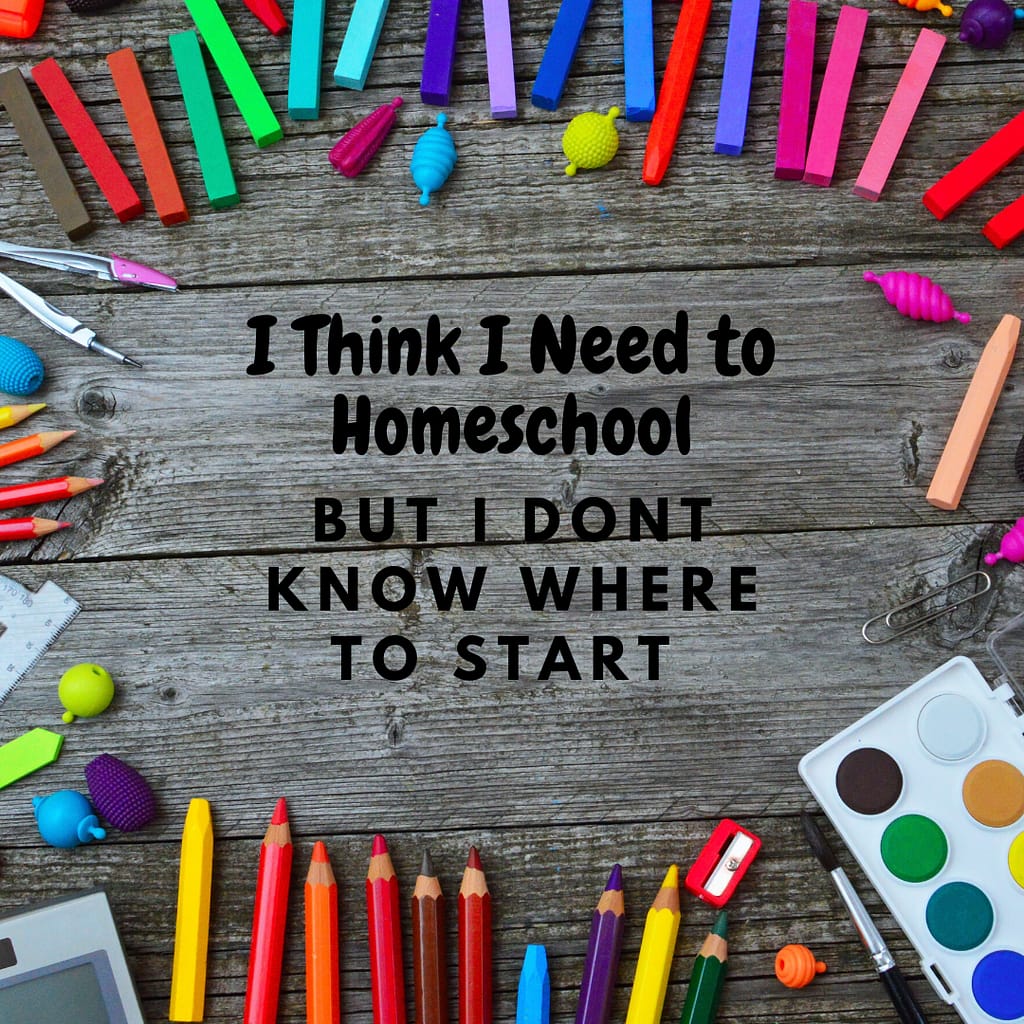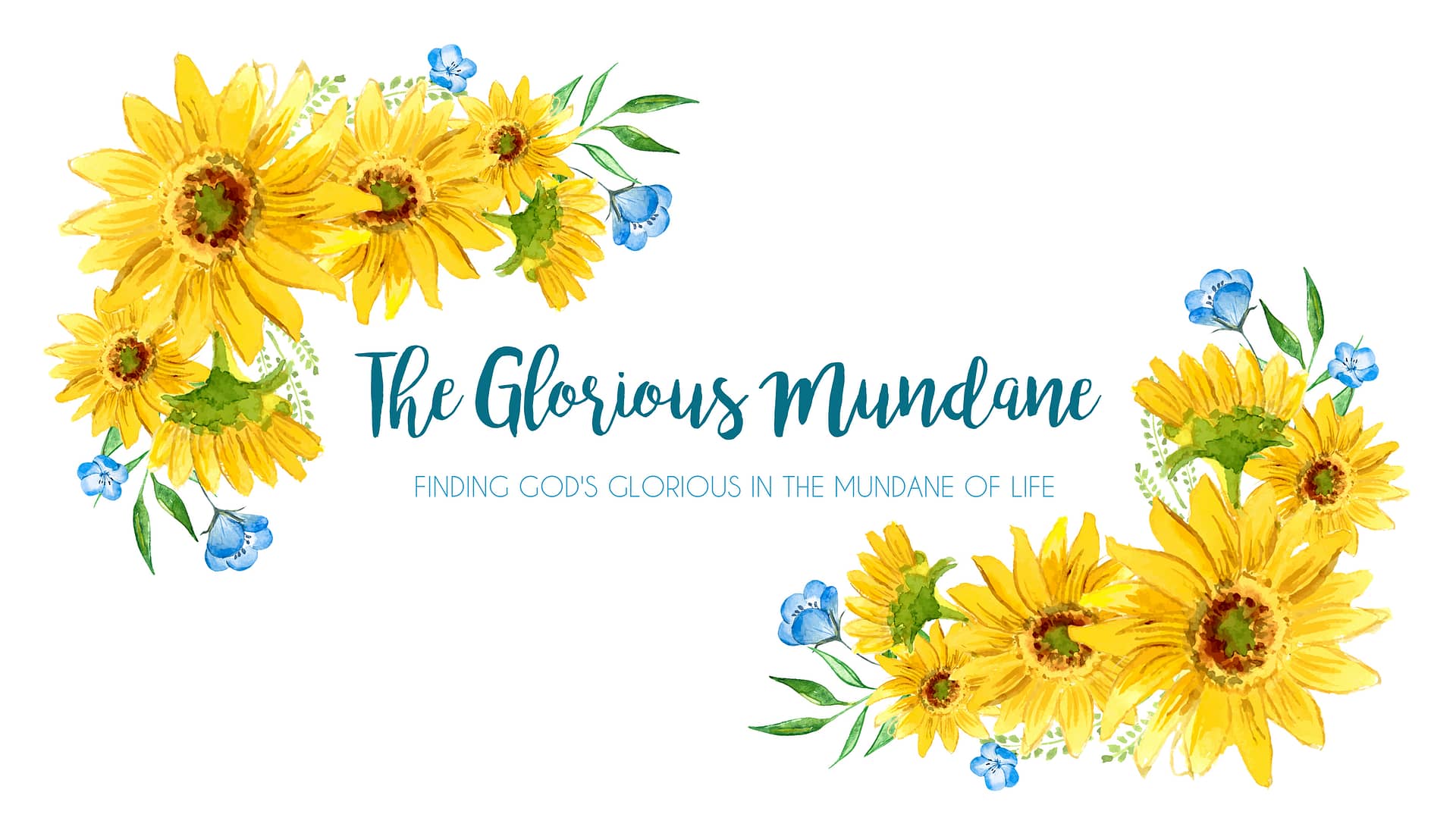
If you are a parent, you have been watching the recommendations surrounding the coronavirus with great concern. I remember when we thought we would be out of school for just three weeks. Then we added another four weeks on, and finally schools were simply closed for the entire year. I honestly shut down my brain when I first heard whispers that school would still be different in the fall. Surely not. Oh, please no. Please let us go back to “normal”. For our sakes, the sake of the children. Oh, please.
Recently, the CDC put out recommended guidelines for the reopening of schools in the fall. Now, please understand that recommended guidelines DO NOT mean mandates and they do not mean that the same guidelines apply to every school in the county, let alone that state, let alone that nation. Schools in large cities obviously must respond differently than schools in rural Ohio.
Still, the recommendations sent a chill up my spine. Sit kids 6 ft apart. Everyone must wear a mask if at all possible. No changing classes, the students must stay with the same teacher all day (how does that work, exactly?). No cafeteria. No recess. No field trips.
That is not how it’s supposed to be.
And the overwhelming response I saw to that across social media?
If that is the case, we will be homeschooling, thank you very much.
In the homeschooling
I am here to tell you that is the wrong question to ask.
If you are new to the idea of homeschooling, or you have considered it in the past and COVID is the push that is sending you over the edge, I have the correct question for you.
You need to instead ask, “what model of homeschooling would work best for our family?”
This is the foundation of choosing any homeschool curriculum. Because the problem with homeschooling is that there are 90000000 curriculums out there. Once you can answer this question, you will have a goal in mind and it will become much easier to pick out a curriculum and move forward with confidence in the world of homeschooling.
There are many different models of schooling, and the truth is that most homeschool families find that their methods mix and match quite a bit. However, a good place to start is to narrow it down to the one or two that interest you the most, then begin to deep dive into more research and specific curriculum that matches up with the preferred method.
Unschooling
Unschooling is a method of homeschooling in which the children lead their own learning through natural curiosity. There is a huge range of unschooling out there, from completely unstructured to maintaining a bit of structure. Many people assume that those who
Classical
The classical method of homeschooling uses a three part method to teaching that trains the mind HOW to learn and think. The three stages build a strong foundation all throughout the school years and is based on the science of where a child’s mental and physical development are. In the younger years, for example, they spend a lot of time memorizing facts and simply building foundational knowledge across all subjects. Then, they move onto the next stage which invites much more analytical thinking based on the knowledge they have learned in the previous stage. The third stage of course builds on the first two in which they will learn how to apply the facts and logic to their day to day lives.
Charlotte Mason
The Charlotte Mason method of homeschooling follows the life and work of Charlotte Mason. She developed a whole-person method of schooling that focused not just on academic subjects, but on how to learn academic and life skills that apply to life in the world, not just in the classroom. This method focuses on literature, and especially “living books”, which are books that make the world come alive to a child. This method also has a heavy focus on nature, and encourages art and music whenever possible.
Waldorf
The focus of the Waldorf method of homeschooling is on
Montessori
The Montessori model of homeschooling is child-led and focuses on the creativity and curiosity of a child as they learn. The emphasis is on students learning how to value knowledge and seek it out for themselves. Learning in all subjects is hands-on and active, and the Montessori method usually employs centers for various subjects all across the classroom. Children are often free to choose what they would like to learn and the parent facilitates the materials and supplies for the child to learn at their own pace. This method of homeschooling usually focuses on natural materials and encourages children to be involved in the household as much as possible.
Unit Studies
A unit study is a homeschooling method that chooses one subject matter to focus on for a time. Within this subject matter comes language arts, math, social studies, history, government, art, music, etc. Say, for example, the unit is butterflies. Students will find butterflies, then write about what types of butterflies they saw and draw a picture. Next, they will read a book about butterflies. They will head outside again to count butterflies or use butterfly shapes to practice addition and subtraction. If there are older students in the family, they may do a research project on butterfly migration or camoufla
If you can narrow down which method you think would best fit your family, you are now on your way to finding more specific examples of homeschooling communities, groups, IG accounts

Great post, Suzanne!
I think we are a mix of all of them. 🙂 But my desired approach is mostly classical/Charlotte Mason. I’m also a fan of unschooling and life-long learning for everyone, focusing in on whatever needs to be learned to accomplish the goals and things we want to do. And we would be trying to teach our kids many of these things even if they went to school for a large portion of the day. So it can be hard (and unnecessary) for us to differentiate between school and regular life.